Photographer Filip Dujardin navigates the realms of the plausible and impossible with fictional architectural ‘photographs’.
Filip Dujardin admits he is a frustrated architect. But the Belgian photographer’s aspirations to design buildings have been anything but stifled. Since 2007, he has forged a parallel artistic career to his work as an architectural photographer with Fictions, a series of digitally orchestrated images featuring impossible architecture.
In his structures, windows and doors are optional, as is the need to follow basic rules of engineering or even gravity. Cantilevers are extreme, floors wonky or pitched and layouts are overall dysfunctional.
“I come from a country of surrealists and I guess I follow in that tradition,” says Dujardin. Access to technologies allows him to construct images that leave viewers second guessing – are the buildings real or invented? “I’m working on the axis of reality and unreality. You never see buildings like these in real life, but there is a sense of plausibility,” he says.
Childhood rambles to sites of architectural interest with his interior architect father imbued him with a fascination for built structures. Teachers advised Dujardin that he lacked the maths smarts to succeed, so he studied art history with a focus on architectural theory.
Later, studies in photography led to a career as a photographer for Italian design publications such as Domus and Casabella.
A desire to devise his own buildings returned: his first images were interventions on existing buildings or began with Lego maquettes. As his computer skills improved, he began constructing the buildings from scratch. Once he has arrived at a shape, Dujardin constructs the building’s skin using photographic details from real buildings.
There is an overall pathos to the images. The buildings appear in isolation from other structures. They look tired. A quasi-Soviet-era patina is applied to prevent the buildings appearing like the glossy renderings used by architects and real estate agents.
“The parts I use are often from dull office buildings in Ghent and so they have a kind of sixties or seventies patina,” he says. “They are like architectural monuments that have been lost on the periphery of a city.”
Some critics see Dujardin’s images as advocating an alternative approach to architecture, but he insists that his objective is purely about form.
“My interest has always been to explore the sculptural qualities of architecture,” he says. “I don’t have pretensions to design buildings for real. Because they are not designed with a plan, it is only the form that interests me.”
This story was first published in Vogue Living Jan/Feb 2012. Download a PDF of the original.
Images courtesy of Filip Dujardin and Highlight Gallery.





